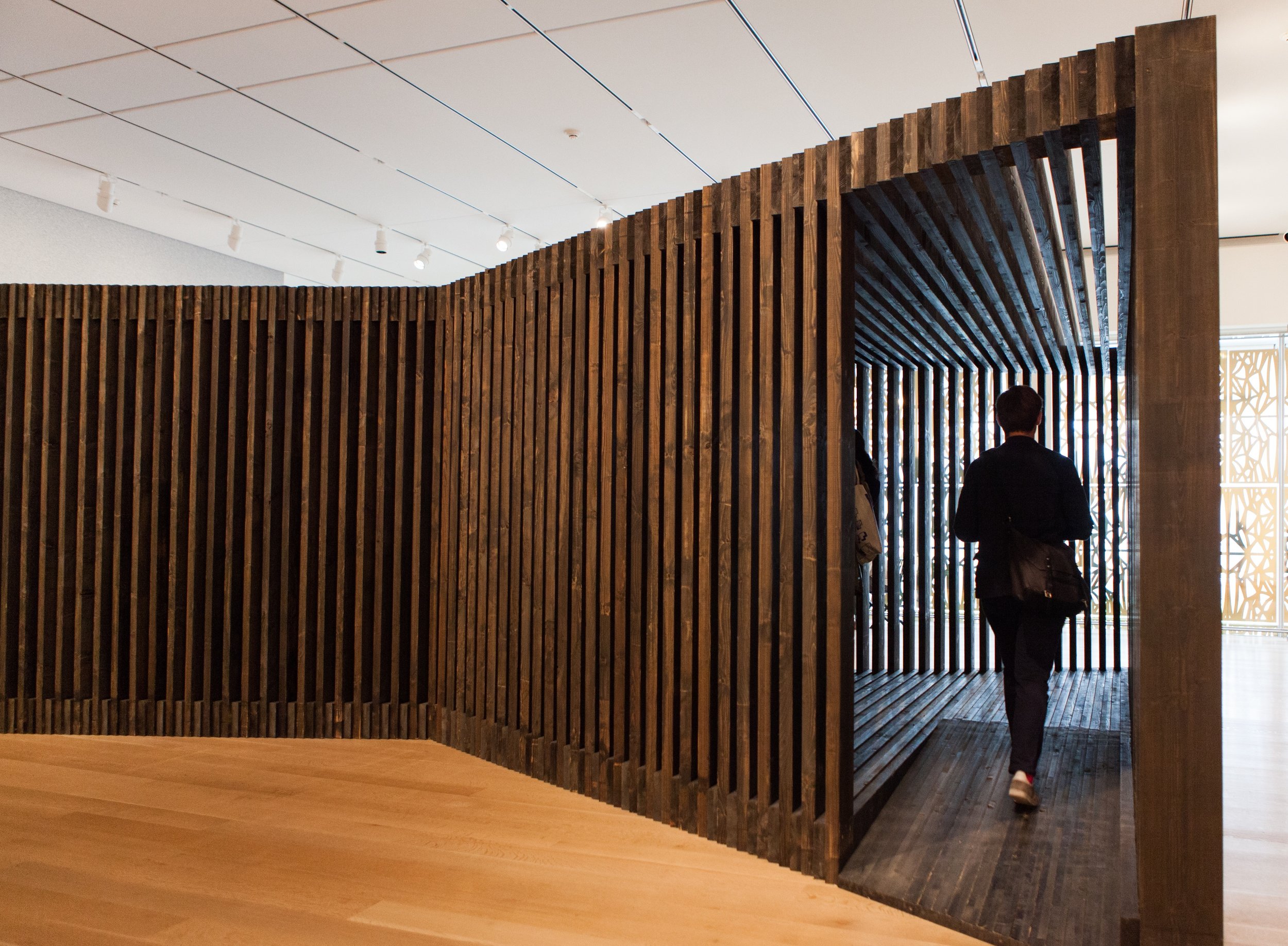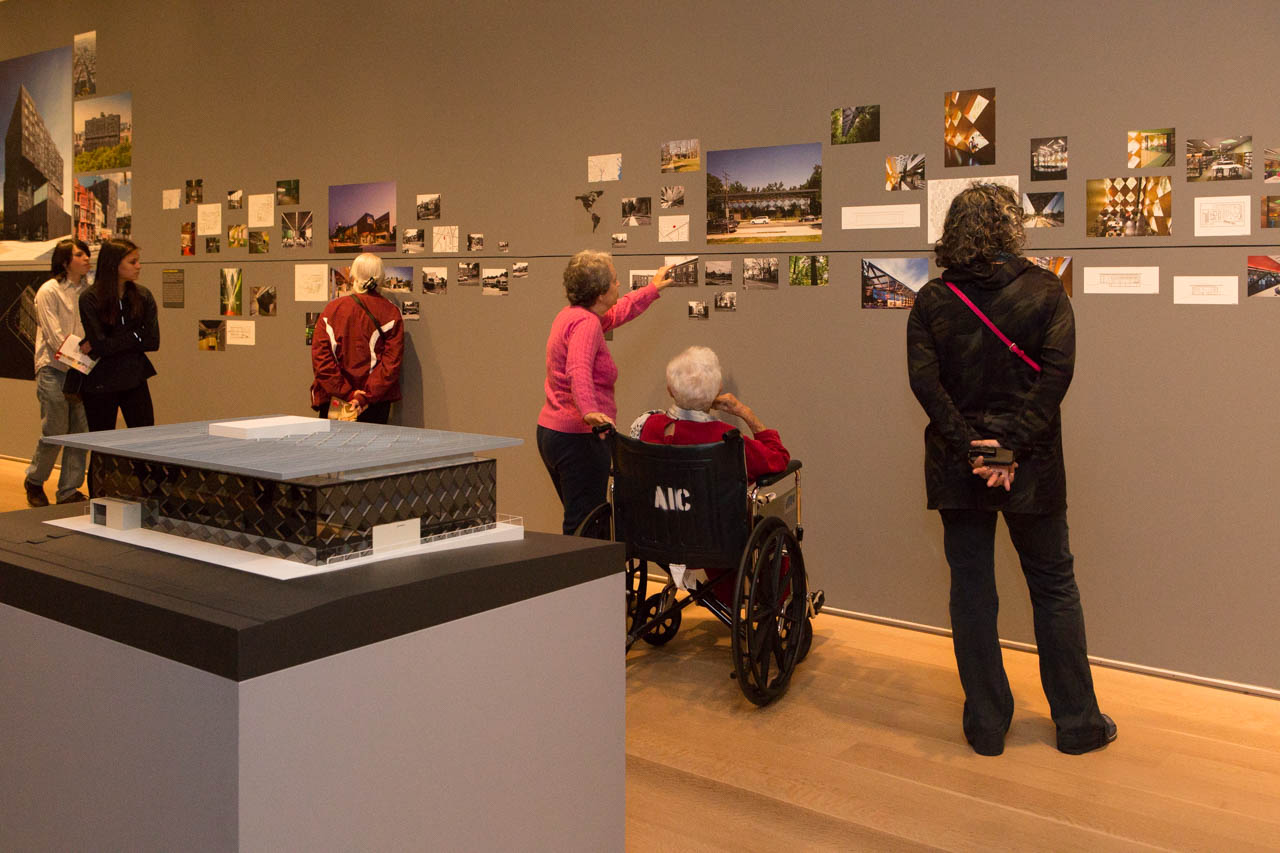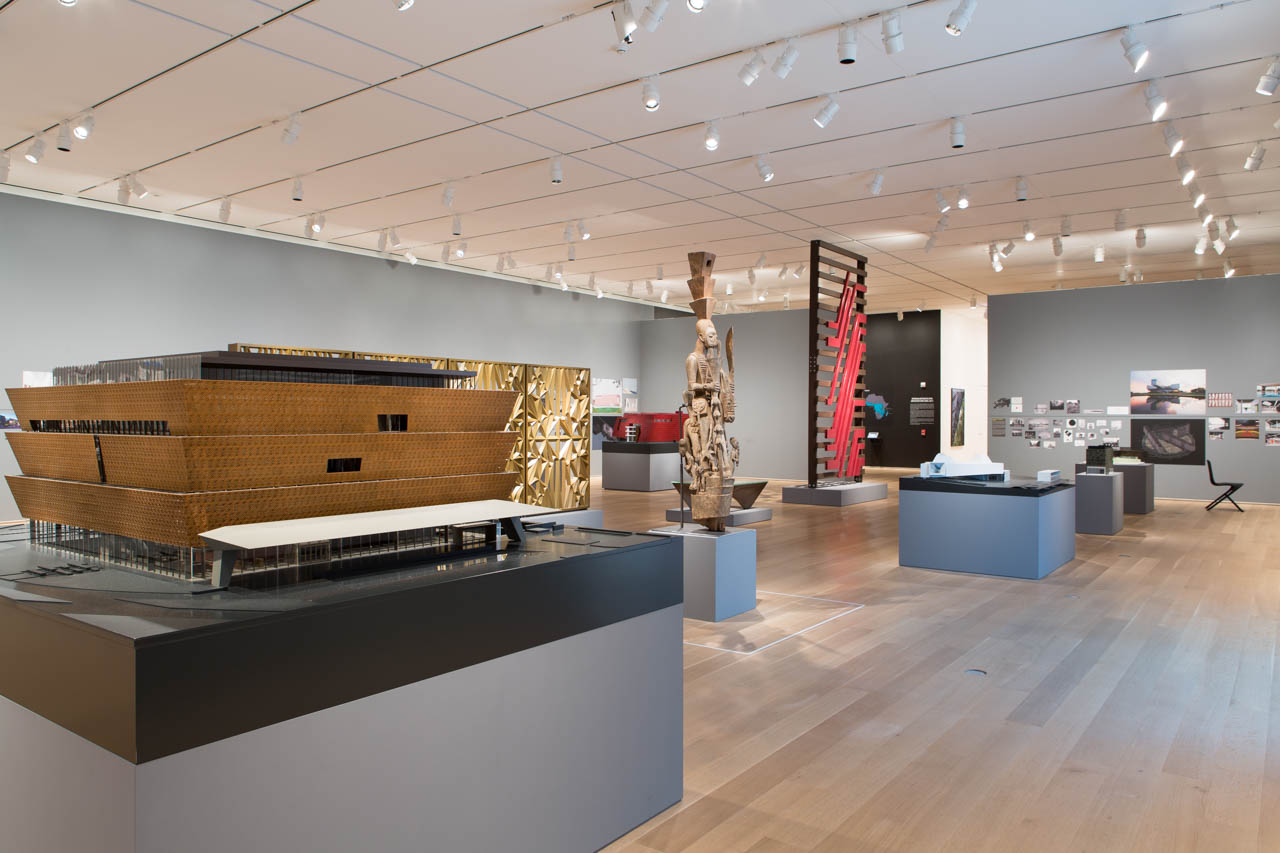David Adjaye: Form, Heft, Material





Locations and Dates:
Garage Museum of Contemporary Art, Moscow/ June 6 – July 30, 2017
The Art Institute of Chicago/ September 19, 2015 – January 3, 2016
Haus der Kunst, Munich/ January 30 – May 31, 2015
Curators:
Okwui Enwezor and Zoë Ryan
Publication:
David Adjaye: Form, Heft, Material,
AIC/HdK/Yale University Press, 2015
Editors:
Okwui Enwezor and Zoë Ryan
Publication Design:
Mode
Exhibition Website:
www.artic.edu/exhibition/david-adjaye
This is the first mid-career survey of the work of architect David Adjaye who gained early recognition for a series of unique London houses made for a coterie of artists in the mid-1990s and early 2000s. Since then, he has developed a robust portfolio of distinctive architectural works across Europe, Asia, Africa, and North America – from arts and cultural organizations to complex urban-scale projects – that deal directly with the political, economic, cultural, and social complexities of contemporary civic life. Born in 1966 in Dar es Salaam, Tanzania, to Ghanaian parents who were diplomats, Adjaye spent his formative years in Africa and the Middle East, until his family relocated to the United Kingdom in 1979. With offices in London, New York, Berlin, and Accra, Adjaye is like many global architects whose practices defy cultural borders and geopolitical categories.
Adjaye’s education at Southbank University and then the Royal College of Art in London honed his creative process. Since opening his first studio in 1994 with William Russell and later starting his own practice in 2000 (now more than 50 people strong), Adjaye has avoided adhering to a single style. Indeed, his early buildings seemed to constitute discrete statements. Now, however, with close to 50 built projects, it is possible to understand how each of his ideas has developed from and advanced the preceding one. Interested in fusing artisanal craft with a highly refined use of unusual materials, his work challenges preconceptions of built form. Principally, however, Adjaye is driven by an insatiable desire to continually improve the built landscape and generate projects, which prompt us to explore the world in which we live and the place of architecture within it. Often working in cities struggling with diversity and difference, his public buildings in particular provide spaces that foster links among communities and marry the creative industries with entrepreneurial endeavors.
This exhibition captures a significant moment in Adjaye’s vibrant practice. Divided into chapters, it begins with Adjaye’s smallest-scale projects, such as designs for furniture and pavilions, then explores designs for private houses, followed by public buildings, including libraries, museums, markets, civic centers, and cultural institutions. It concludes with an examination of urban initiatives and research projects. Providing insights into a robust career, this comprehensive mid-career survey promotes a deeper understanding of an architect who aims to create buildings of profound social and cultural significance and meaning.